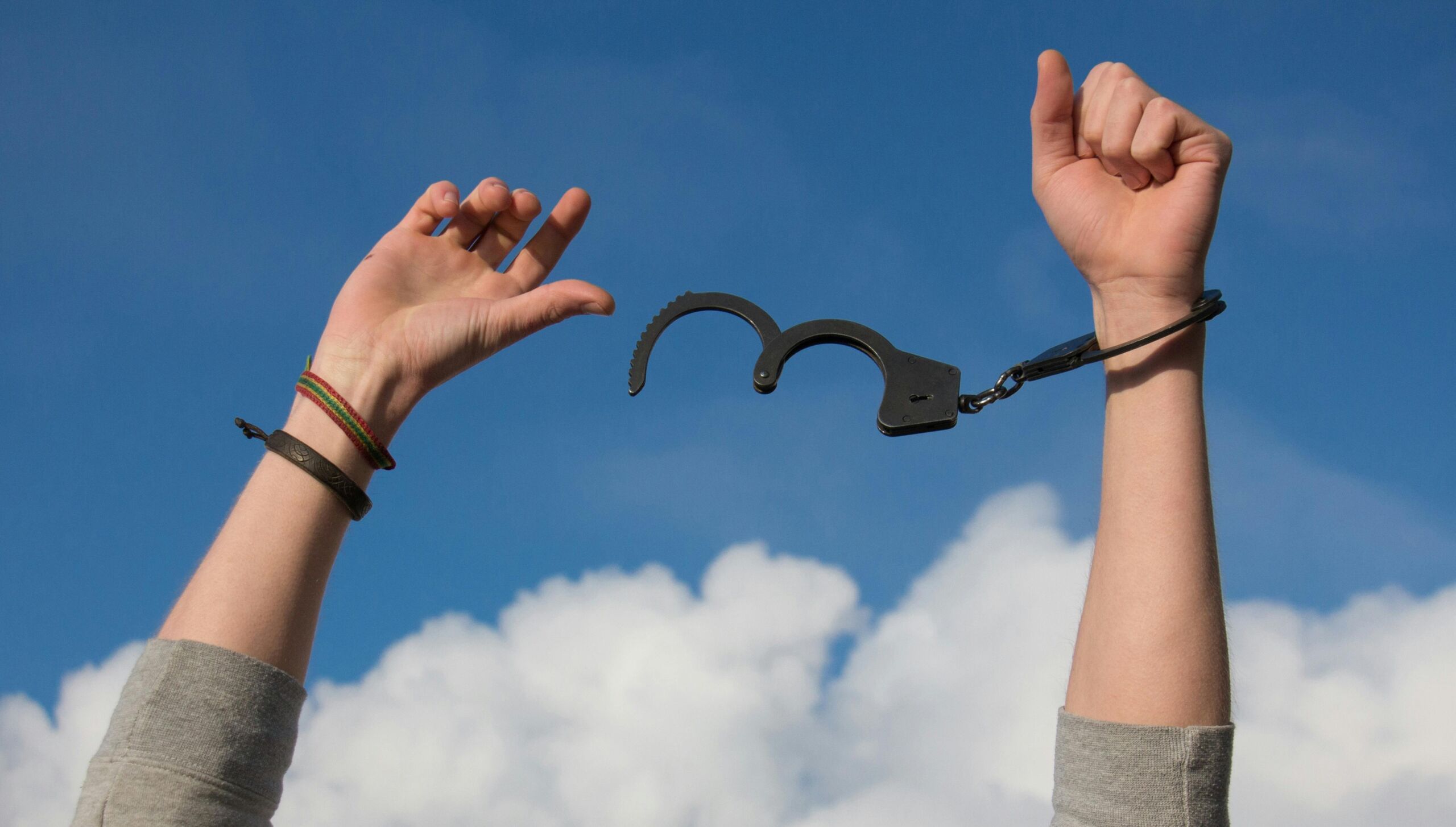There is one normal position of the uterus: slight anteflexion.
The uterus should be slightly bent forward, hovering over the bladder.
In biomedicine there is only one abnormal position of the uterus, and that is prolapse – or falling out.
All other positions of the uterus are considered to be normal variants.
I think biomedicine has come to this conclusion for two reasons:
1) The paradigm that biomedicine functions under is largely biased toward the diagnosis and treatment of pathology.
Things that are not pathology are often considered to be normal variants.
2) Biomedicine does not have a form of intervention that suits addressing a uterus that is not in the optimal, or normal, position of slight anteflexion.
So there is no reason to identify a problem if there is no way to address it.
Possible Positions of the Uterus
In natural medicine and in indigenous medicine, such as Maya medicine, there is one normal position of the uterus:
In slight anteflexion.
The standard medical literature talks about normal variants for the position of the uterus as
Retroversion – Uterus Leaning back
Retroflexion – Uterus bending back
Anteflexion – Uterus leaning forward too far
In my practice, I also see the uterus leaning to one side, or torqued. I have not seen these positions mentioned in the medical literature.
The normal position of the uterus is for the non-gravid (not pregnant) fundus to be two inches above the pubic bone.
The uterus should also palpate as two inches wide in this area.
If the uterus is lower than two inches above the pubic bone, this suggests prolapse.
Parts of the uterus
The uterus is divided into sections
The cervix is the lowest section. It is in the top of the vagina and is the neck of the uterus
Above the cervix is the lower uterine segment.
The top of the uterus is the fundus
The arms of the uterus, called the fallopian tubes, come out of the fundus and end in hands, called the infundibulum, and fingers, called the fimbriae.
The fimbriae reach to draw the egg up into the uterine hand and arm.
Ligaments of the uterus
The ligaments of the uterus are different from most other ligaments in the body because some have muscles fibers in them, and all have some capacity to stretch and lengthen to respond to the uterine changes of pregnancy.
The main ligaments of the uterus are the
Broad ligament: The broad ligament is actually a big sheet of fascia that goes over the front an back of the uterus, in which the fallopian tubes and ovaries are inserted. It hooks on to the sides of the pelvis and is a major stabilizer of the uterus. I call the broad ligament the wings of the uterus. (The yellow in the picture)
Round ligaments: The round ligaments are also embedded in the broad ligament; one on each side of the uterus. But they are true ligaments, even though they have smooth muscle fibers in them. Each of the two round ligaments originates in the cornu of the uterus (the upper outer part of the fundus close to where the fallopian tubes attach), travels through the inguinal canal (like the spermaticord in males), and inserts into the labia majora by the perineum.
Utero-sacral ligaments: These ligaments originate below the broad ligament on the cervix and go on either side of the rectum to insert onto the sacrum. They also have smooth muscle fibers in them.
Cardinal ligaments
The cardinal ligaments originate on either side of the cervix and insert into the sides of the pelvis.
Pubocervical ligaments
The pubocervical ligaments originate in the front of the cervix and insert into the pubic bone
Why the uterus is in a non-ideal position
The uterus generally moves out of its normal anteflex position due to trauma.
This trauma could happen at any time of life.
I have treated little girls all the way through to elderly women who have a uterus out of position.
Many times people do not even have an overt association of injury when we start to talk about the position of the uterus.
For active children and adults, falls are a normal part of athletics, and play.
Our shared cultural paradigm does not indicate that playful falls could cause alterations to our insides.
But they can.
Slip and falls, falls off horses, falls skiing or snowboarding, cannon balls, falls rollerskating, and pregnancy/birth are some of the common ways a uterus becomes displaced.
When an organ is displaced, commonly there is no immediate associated symptom.
If there was a fall, there could be a muscle or joint injury that will heal up within a matter of days or weeks.
If an organ is displaced, the associated symptoms will arise gradually over time, and are generally due to an alteration of venous or arterial blood, or lymph flow.
These symptoms, although caused primarily by the displaced organ and secondarily by the change in fluid flow, will often present as musculoskeletal complaints.
If you have a musculoskeletal symptom that does not respond to chiropractic, massage, acupuncture, stretching and strengthening think of the possibility of an organ or fluid component.
When I work with a displaced uterus, the body will usually indicate when the injury occurred and what type of injury it was.
Once we are working with the organ and have an idea of the time-period when the organ became displaced, the patient will also usually have a recollection of some type of trauma at that point in their life, even if it didn’t seem major at the time.
As the patient recounts the trauma, the uterus will begin to move to reposition herself.
The uterus and all the organs like to have their stories told and listened to.
That is part of the healing journey.
What happens if the uterus is in a non-ideal position
If the uterus is not in slight anteflexion the whole relationship of the pelvic organs and abdominal organs are thrown off.
The uterus in strong anteflexion will impair the function of the bladder.
The uterus that is retroverted or retroflexed will lay on the rectum and could cause constipation.
This leaning or bending back of the uterus can also cause low back pain and pelvic pain because the uterus is laying on the vascular or lymph drainage pathways.
The uterus that is leaning to the side or twisting can influence the function of the sigmoid colon, the cecum, and the ovaries or ureters.
Any of these altered positions can challenge the vascular and lymphatic drainage out of the pelvis.
Sometimes the symptoms are subtle and seemingly unrelated.
Sometimes the symptoms are dramatic and the relationship between the uterus and the symptom is overt.
Movement
Everything in the body is designed to move.
All movement occurs in relationship to all other movement.
Organ position can throw off proper relationship.
Proper movement is also influenced by a variety of experiences including a history of surgery, a history of inflammation or infection, trauma to connective tissue, congenital variants, chronic spasms, and deconditioning.
What to do
In the next video I will teach you how to palpate your own uterus and give you tips on treating it yourself.
You can also look for a practitioner of Arvigo Maya Abdominal Therapy or the Barral Technique to help you out.
The Mayans say the uterus is the queen of the body.
When the uterus is in her ideal/normal position she is on her throne.
When she is out of her normal position she is not on her throne and nothing in life will be easeful.
Find a way to put your queen back on her throne so you can have the easeful life you deserve and yearn for.



:background_color(FFFFFF):format(jpeg)/images/article/en/the-uterus/Wx4xsnGNJz0G5IjNKhXiA_uterus-and-ovaries_english.jpg)








